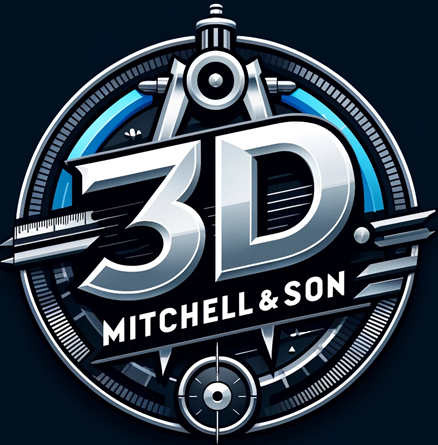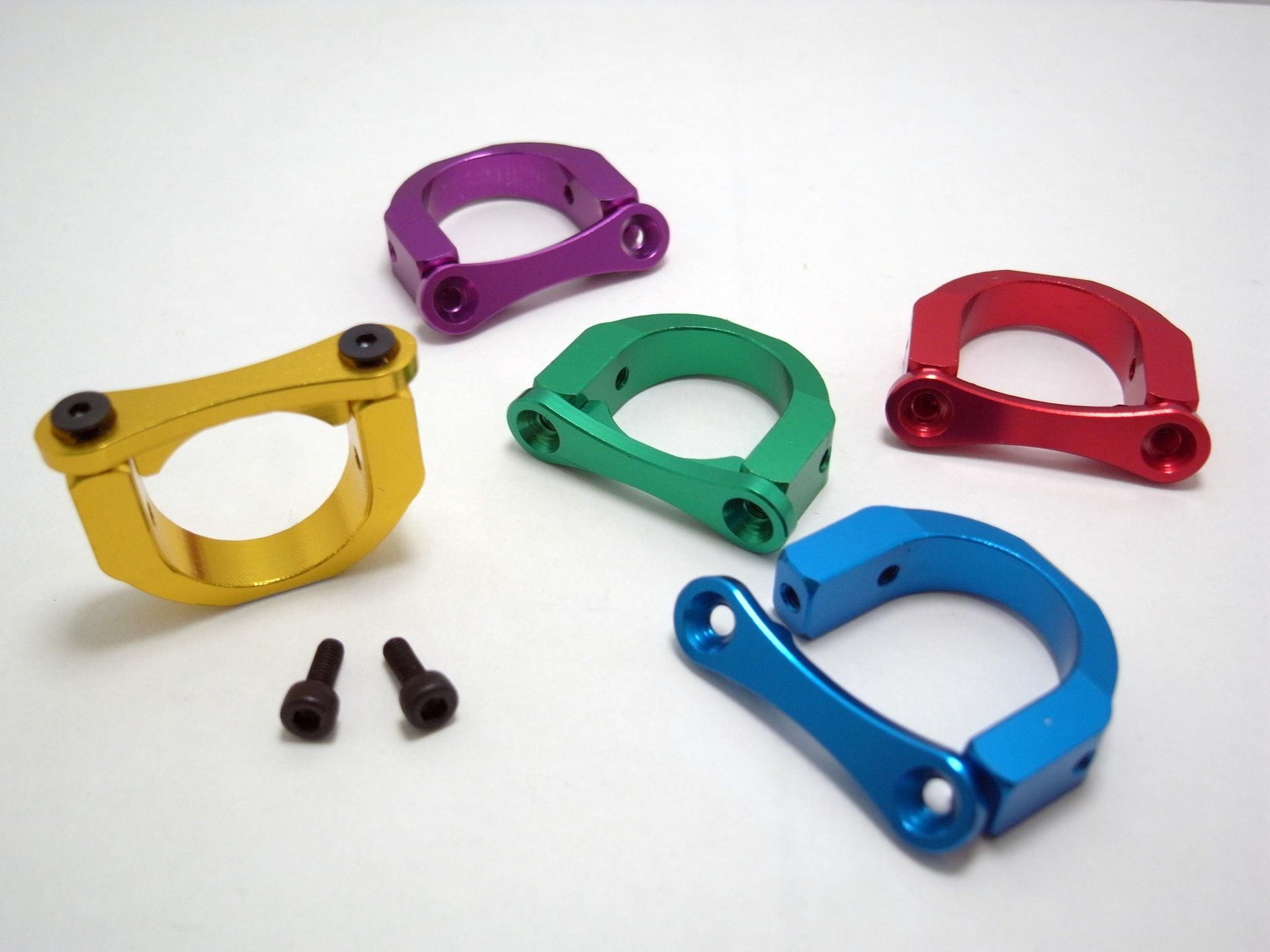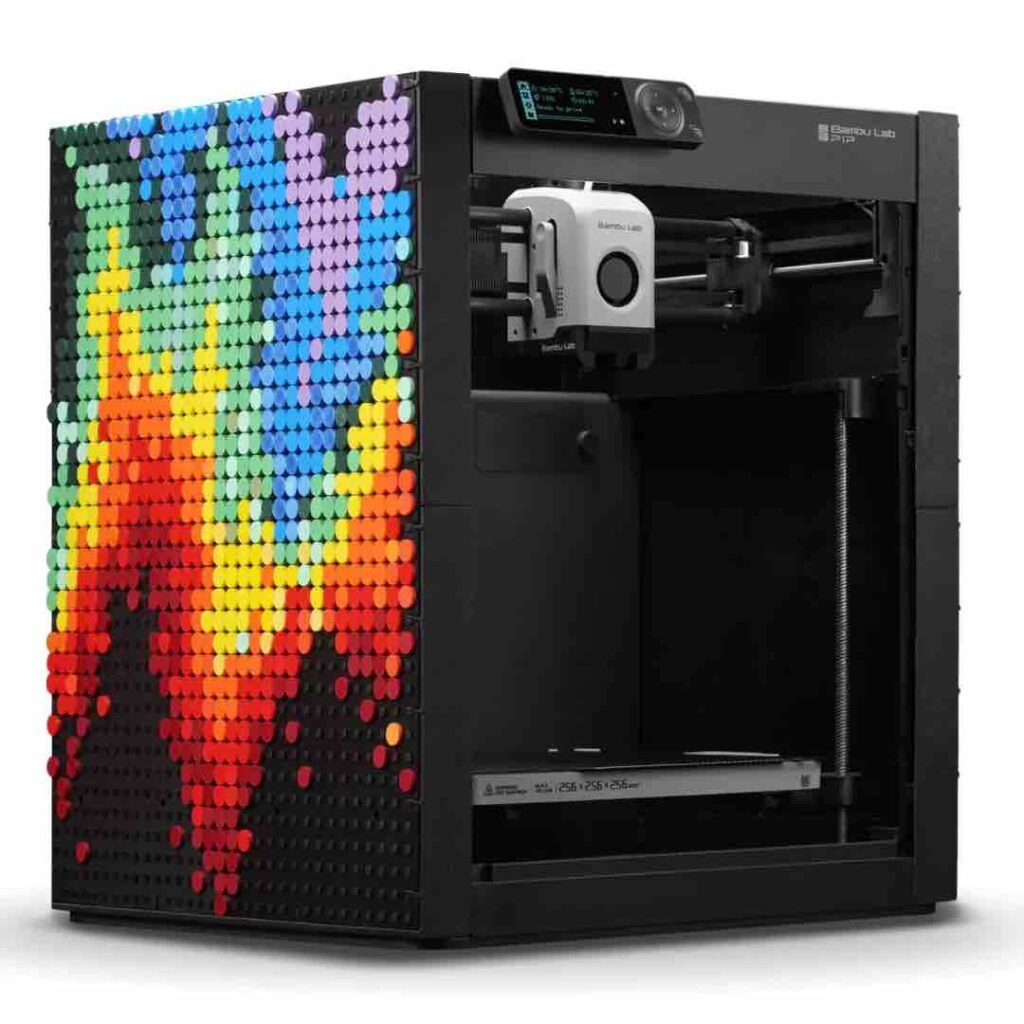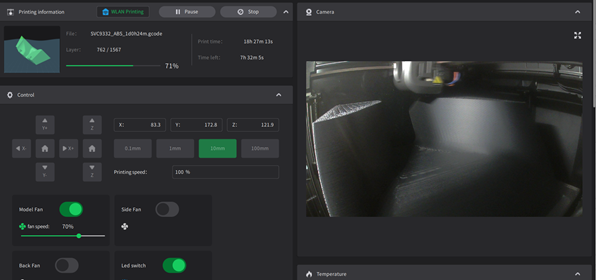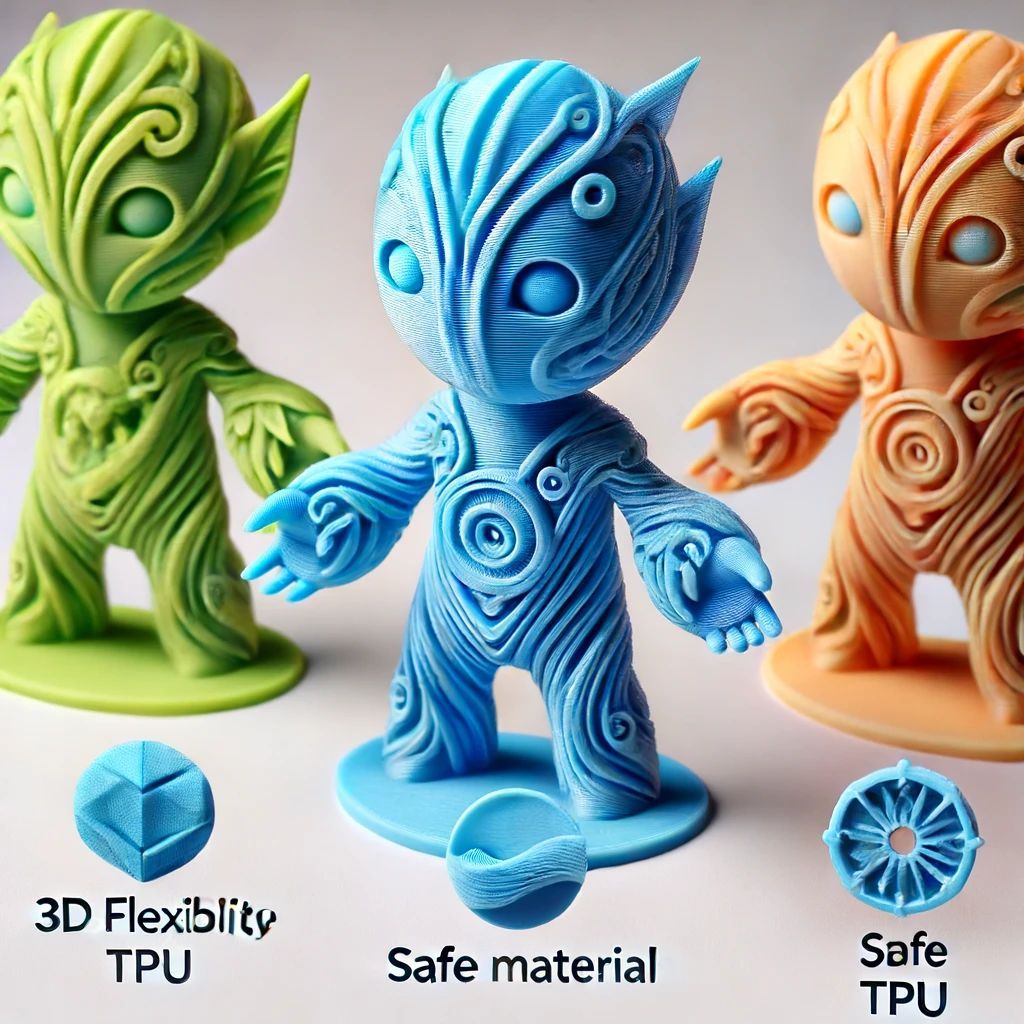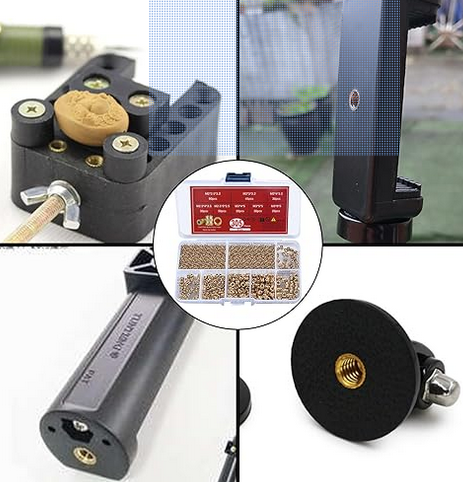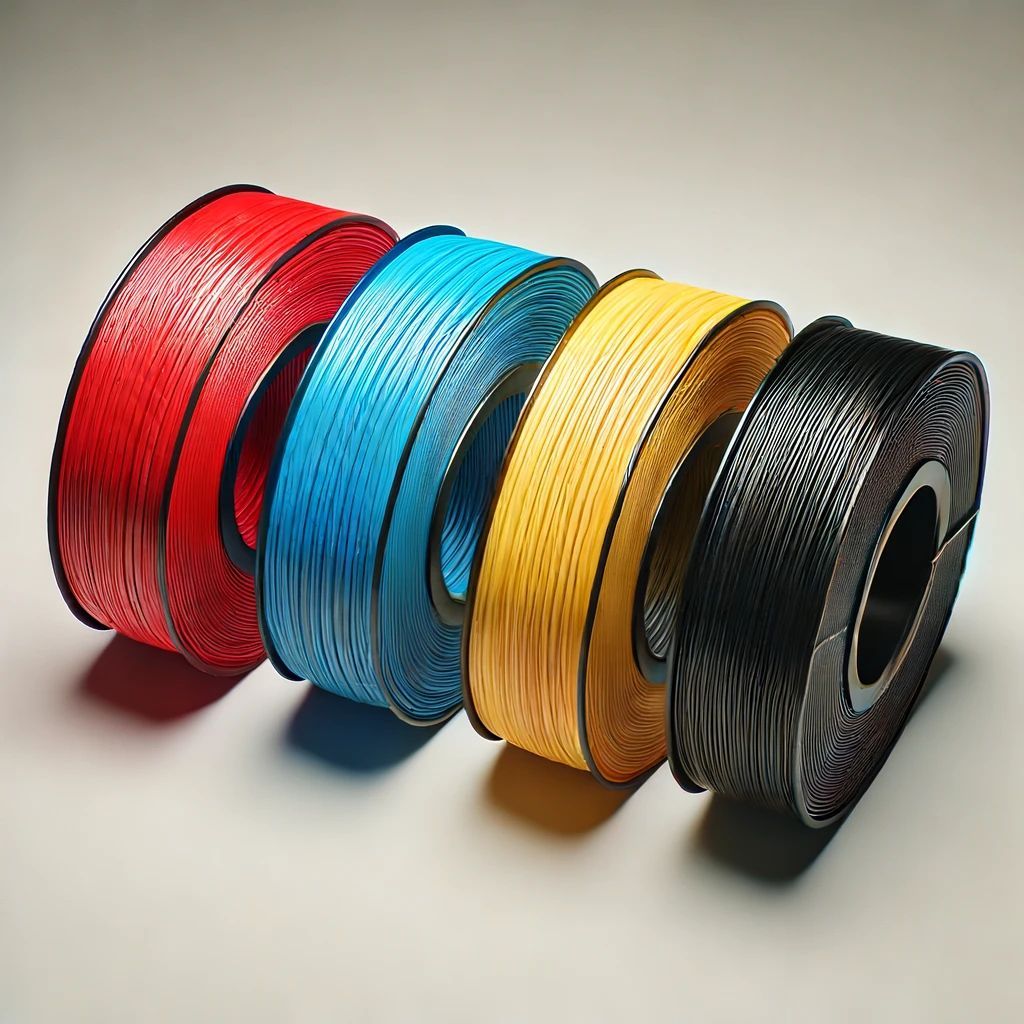Selective Laser Sintering: Revolutionizing 3D Printing

In the world of advanced manufacturing and rapid prototyping, Selective Laser Sintering (SLS) stands as a pinnacle of technological innovation.
SLS has transformed the landscape of 3D printing, offering unparalleled precision, durability, and design flexibility.
In this comprehensive article, we delve into the intricate details of Selective Laser Sintering, shedding light on its applications, advantages, and the future it holds.
Understanding Selective Laser Sintering (SLS)
SLS in a Nutshell
Selective Laser Sintering, commonly known as SLS, represents a revolutionary advancement in the world of additive manufacturing. At its core, SLS is an additive manufacturing technique that employs high-powered lasers to meticulously fuse powdered material together layer by layer. This ingenious process offers unparalleled precision, paving the way for the creation of intricate 3D objects with remarkable accuracy.
Materials Used
One of the defining features of Selective Laser Sintering is its remarkable versatility in terms of materials. SLS can work seamlessly with a wide range of materials, including but not limited to nylon, metal powders, ceramics, and even thermoplastic elastomers. This adaptability makes it a sought-after technology across various industries, from aerospace to healthcare and consumer goods.
Aerospace Advancements
In the aerospace sector, where precision and performance are paramount, SLS has emerged as a game-changer. The technology enables the production of lightweight yet incredibly robust components. This, in turn, translates into improved fuel efficiency, reduced operational costs, and enhanced safety for aircraft and spacecraft. SLS components are vital in achieving weight reduction goals without compromising structural integrity.
Medical Marvels
Within the medical field, Selective Laser Sintering has opened a realm of possibilities. It is extensively employed to create custom implants, prosthetics, and intricate medical devices. The biocompatible materials used in SLS ensure patient safety and comfort. Surgeons and healthcare professionals now have access to precise and tailored solutions, leading to improved patient outcomes and a higher quality of life.
Prototyping and Product Development
One of the standout advantages of SLS lies in its role in rapid prototyping and product development. Businesses and design teams leverage this technology to swiftly create prototypes, enabling them to iterate and refine designs with remarkable efficiency. This streamlined approach accelerates product development cycles, reduces time-to-market, and ultimately contributes to cost savings.
Advantages of SLS
Unparalleled Precision
The laser-based nature of Selective Laser Sintering ensures an unprecedented level of precision in manufacturing. It can effortlessly produce intricate designs and complex geometries with a level of accuracy that was once inconceivable. Whether it's aerospace components with intricate internal structures or intricate medical implants, SLS delivers results with astonishing precision.
Material Diversity
Another compelling advantage of SLS is its compatibility with a wide array of materials. This adaptability allows manufacturers to choose materials that best suit their specific application. From functional prototypes to end-use parts, the material options are diverse, ranging from polymers and metals to ceramics and composites.
Reduced Waste
Sustainability is a growing concern in the manufacturing industry. SLS addresses this by generating minimal waste compared to traditional manufacturing processes. The powder bed used in SLS can be almost entirely recycled, minimizing environmental impact and contributing to an eco-friendlier approach to production.
Future Prospects of SLS: Pioneering the Next Era of Manufacturing
As we peer into the horizon of manufacturing technology, the future of Selective Laser Sintering (SLS) emerges as an exciting frontier with limitless possibilities. This section will provide an extensive examination of the innovations and advancements that await this groundbreaking additive manufacturing technique.
Materials Revolution
The future of SLS holds a materials revolution. Researchers and materials scientists are actively exploring novel materials tailored for SLS processes. This endeavour encompasses not only enhancing the properties of existing materials but also discovering entirely new ones. Imagine 3D printing with advanced composites that possess superior strength-to-weight ratios or biocompatible materials that can revolutionize the medical implant industry. The versatility of SLS, coupled with an ever-expanding materials palette, will open doors to applications that were once deemed unattainable.
Enhanced Precision and Resolution
While SLS is already known for its precision, the future promises even finer levels of detail and resolution. Advances in laser technology and scanning systems will enable SLS machines to produce components with microscopic intricacy. This level of precision will be indispensable in industries such as microelectronics, where the demand for ultra-small, intricately designed components continues to grow.
Accelerated Production Speeds
Speed is a defining factor in manufacturing, and SLS is no exception. The future of SLS will see remarkable improvements in production speed. With faster laser scanning and more efficient heating and cooling processes, SLS machines will be able to produce parts at an astonishing pace. This leap in productivity will have cascading effects across industries, from automotive to consumer goods, reducing lead times and enabling just-in-time manufacturing.
Sustainable Innovations
As environmental concerns take centre stage, the future of manufacturing is expected to be increasingly sustainable. SLS is poised to lead the way in this regard. Innovations such as closed-loop material recycling systems will become standard, further reducing waste and energy consumption. The ability to use recycled materials in the SLS process will align with global sustainability goals and offer a competitive edge to environmentally conscious businesses.
Customization on a Grand Scale
Mass customization is a concept that is gaining momentum, and SLS is perfectly suited to fulfil this demand. In the future, SLS will enable the production of customized products on a grand scale. Whether it's personalized medical implants, tailored automotive components, or unique consumer goods, SLS will make mass customization economically viable, ushering in an era where individual preferences drive manufacturing processes.
Advanced Post-Processing Techniques
Post-processing is an integral part of any manufacturing process. The future of SLS will witness significant advancements in post-processing techniques. From automated finishing processes to real-time quality control, these innovations will streamline production, reduce human error, and ensure the highest quality of finished parts.
Cross-Industry Integration
As SLS continues to evolve, it will find applications in industries that have not traditionally utilized additive manufacturing. The future will see cross-industry integration, where SLS is employed in unexpected sectors. For example, the construction industry may harness SLS to create custom building components, and the fashion industry might use it for on-demand clothing production. The boundaries of SLS applications will blur, leading to unforeseen innovations.
Global Impact
The global impact of SLS cannot be understated. It will facilitate local manufacturing, reducing the need for extensive supply chains and transportation. This will not only lead to cost savings but also reduce the carbon footprint associated with global logistics. Additionally, SLS has the potential to drive economic growth by creating jobs in research, development, and production across the world.
Conclusion
In summary, the future prospects of Selective Laser Sintering (SLS) are nothing short of extraordinary. From materials innovation to precision enhancements, sustainability, and cross-industry integration, SLS is poised to revolutionize the manufacturing landscape. It is a technology that transcends boundaries and opens doors to a world of limitless possibilities.
As we stand at the cusp of this technological evolution, staying at the forefront of SLS developments is essential for businesses and industries aiming to thrive in the dynamic landscape of modern manufacturing. The future of SLS is not just bright; it is a beacon guiding us toward a new era of innovation, customization, and sustainability.
